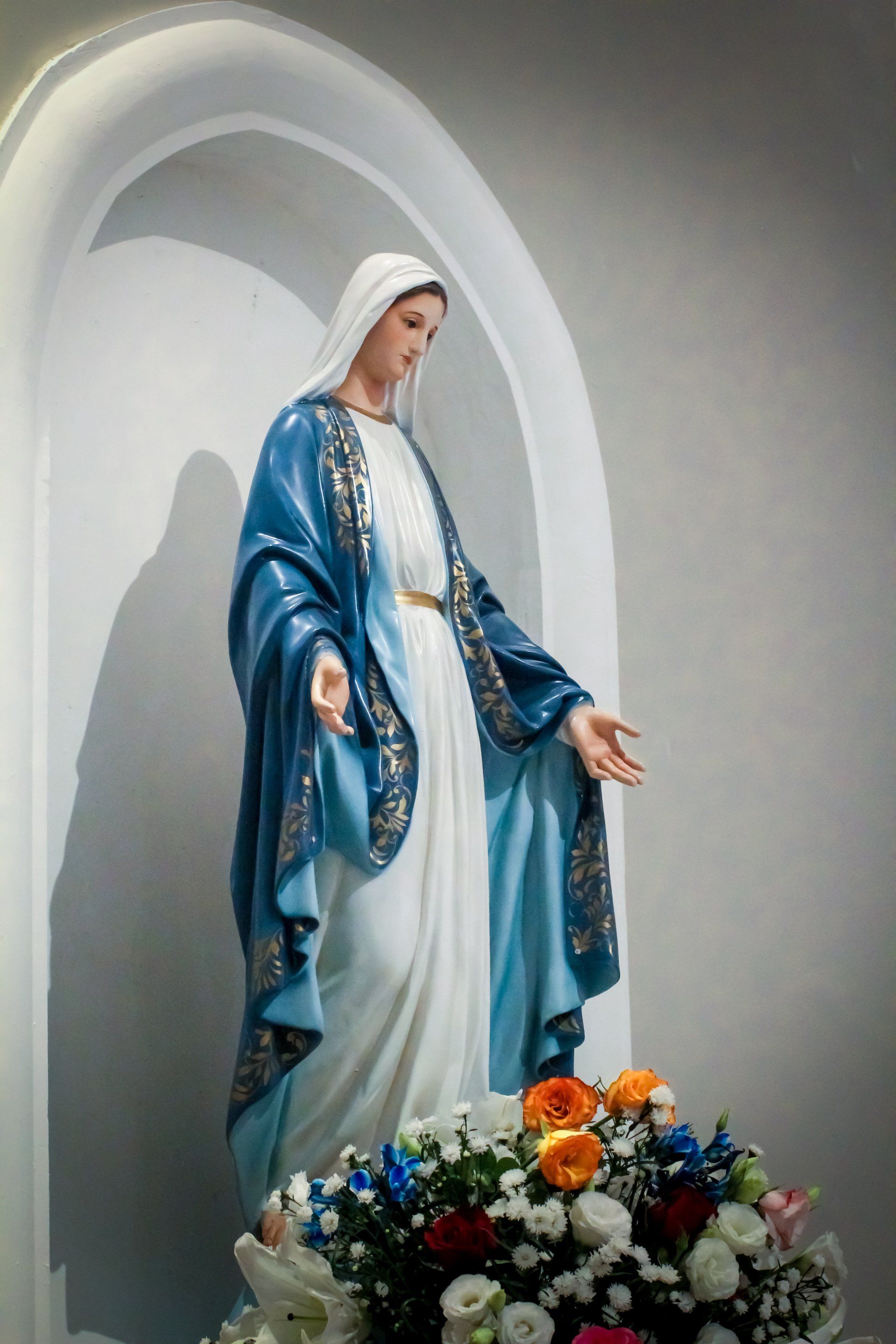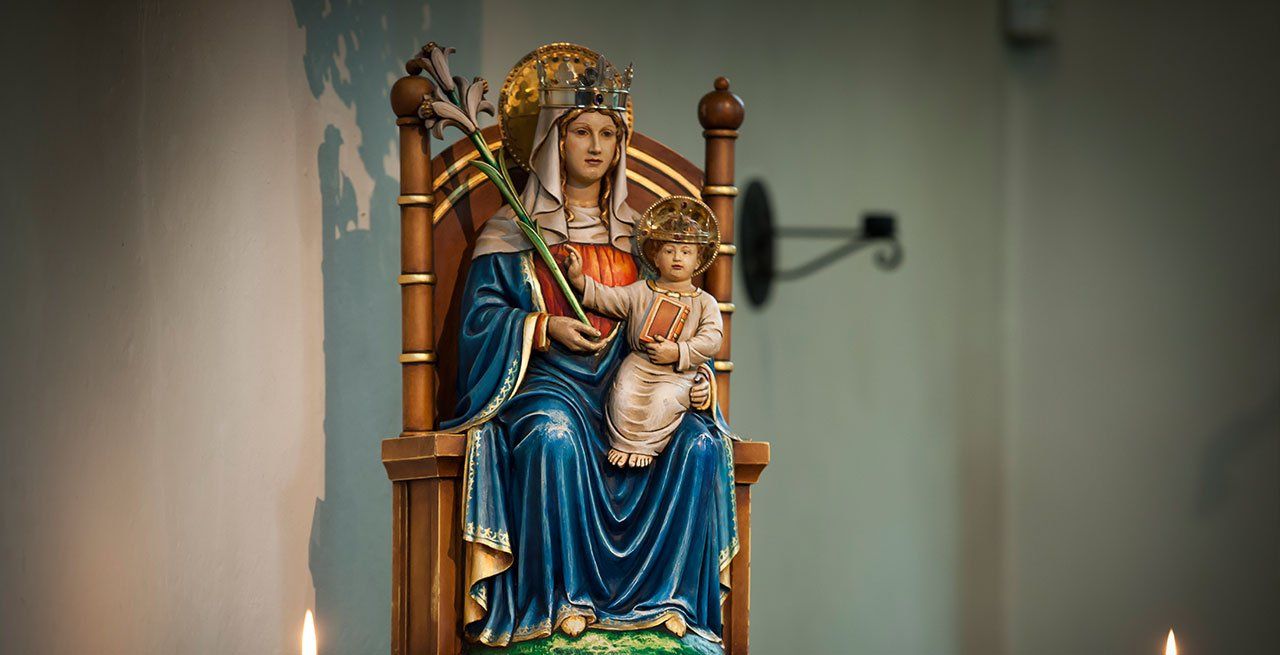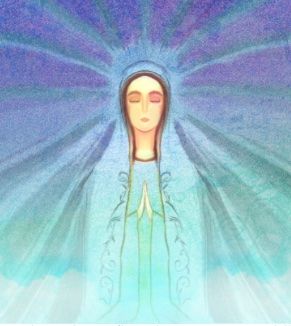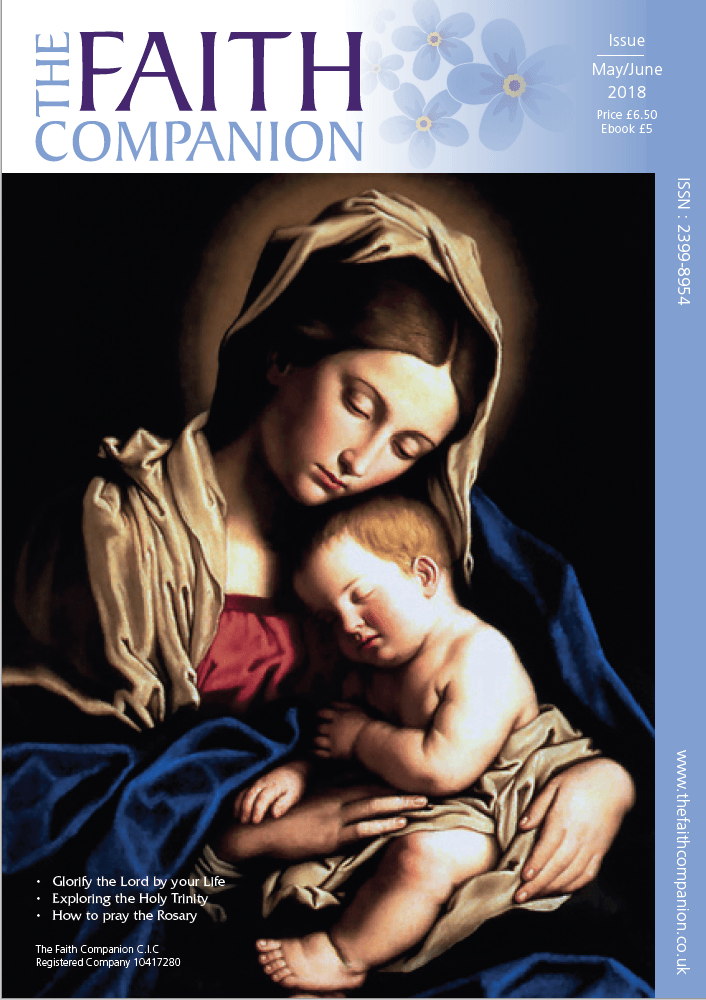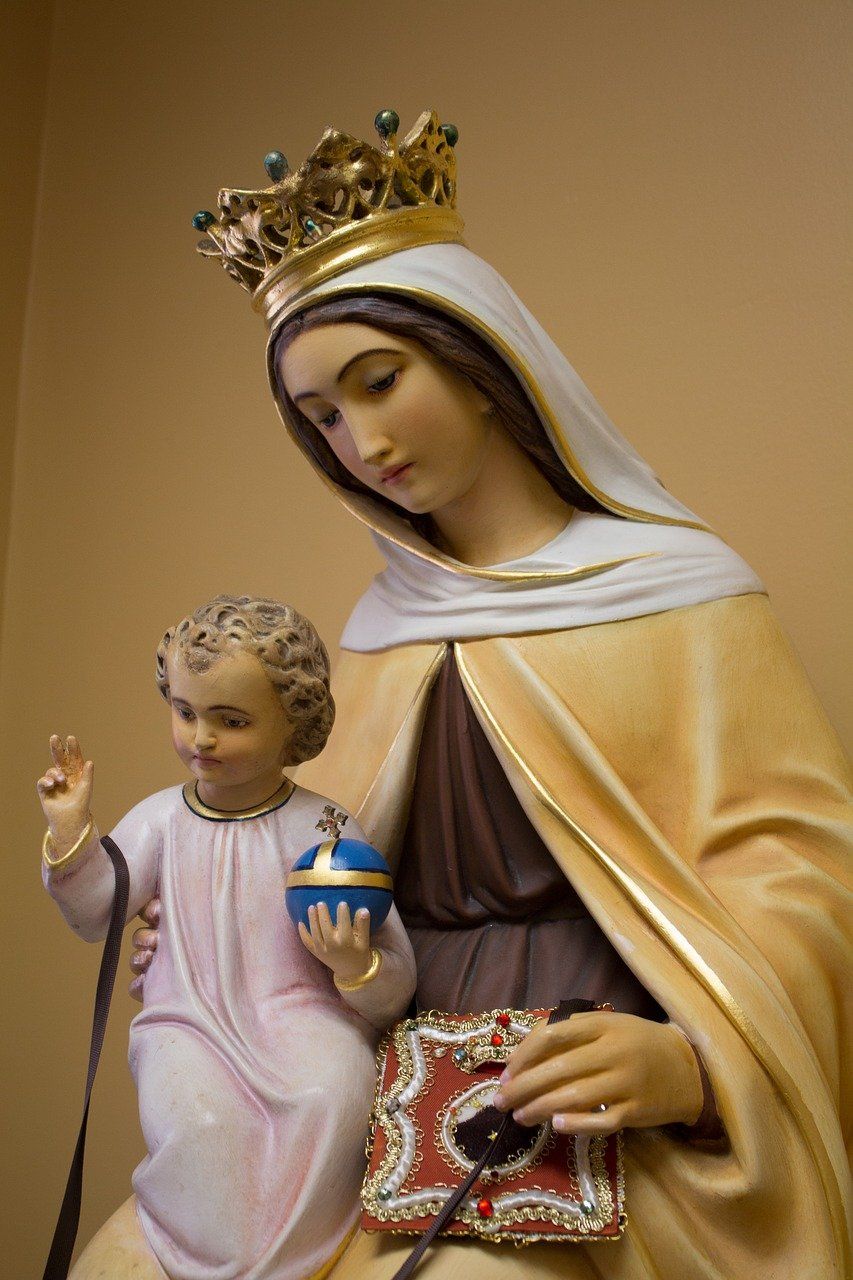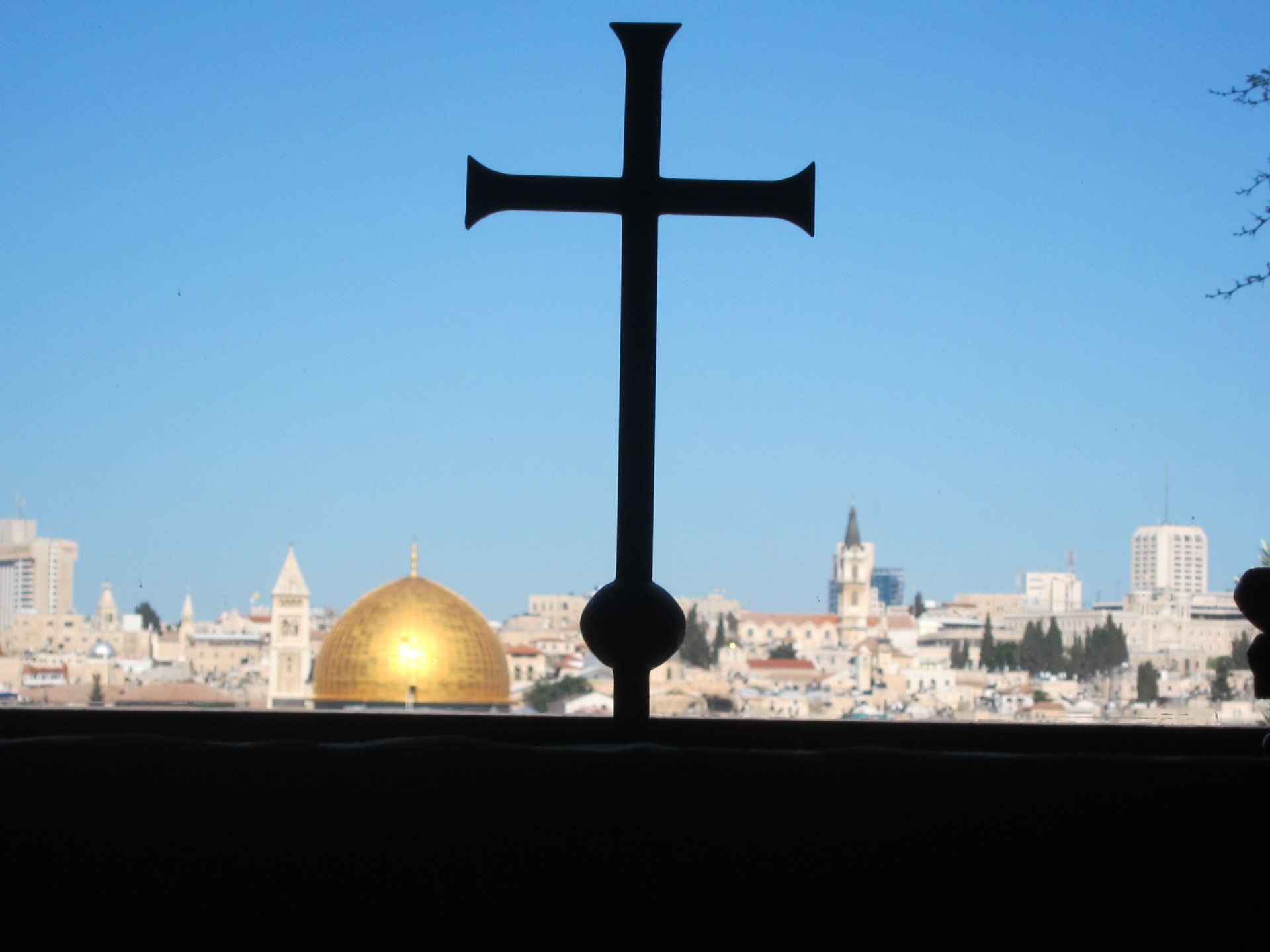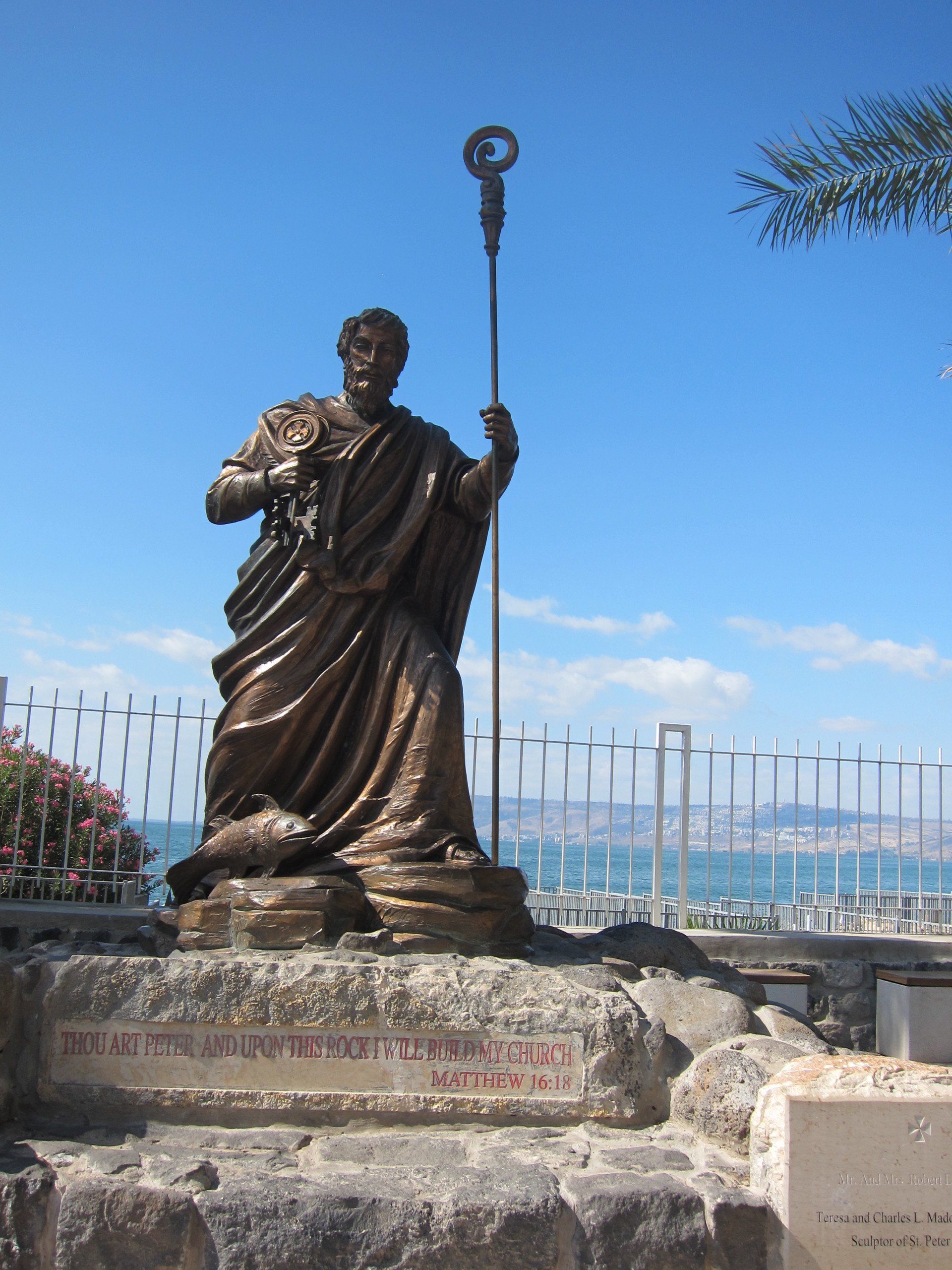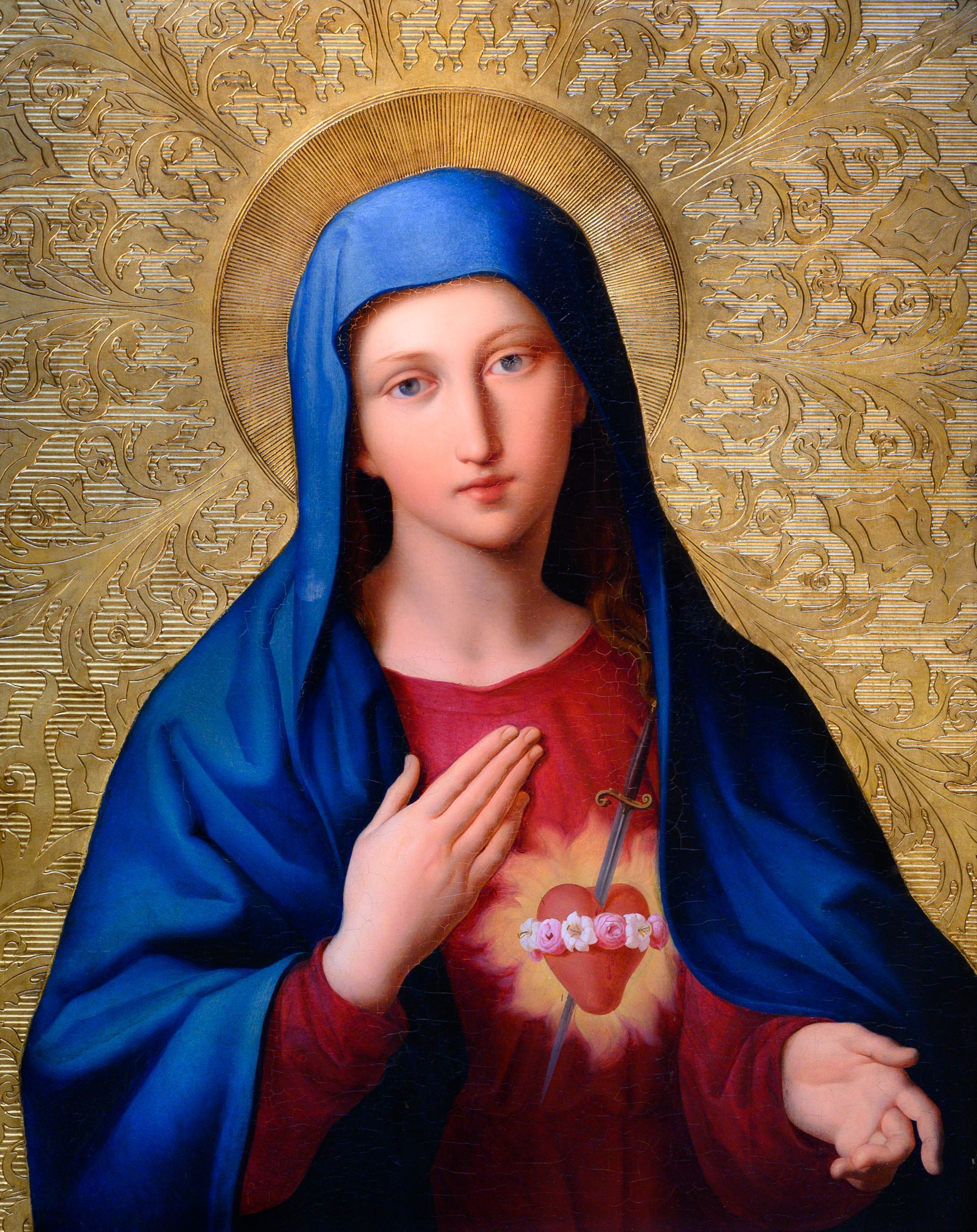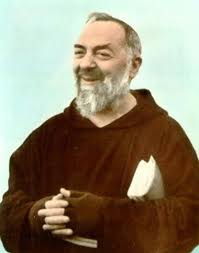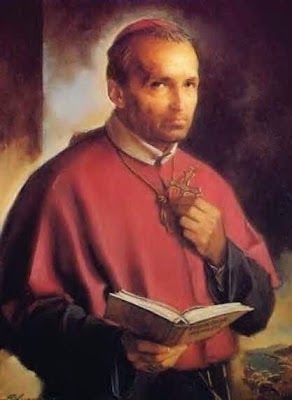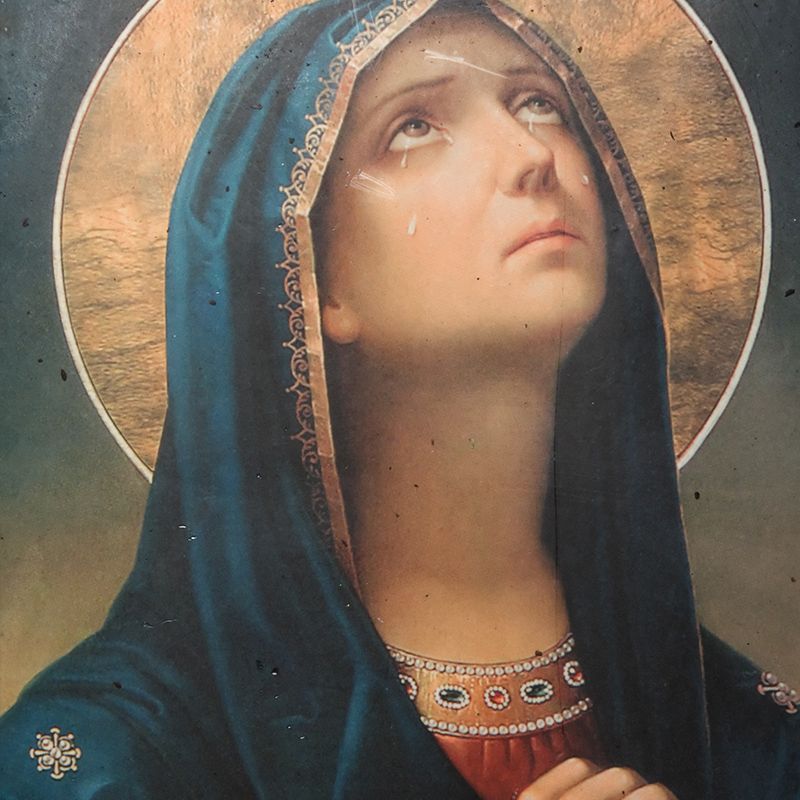By By Lyn Peterson
•
January 13, 2023
I am honoured to share an account of my journey into the Catholic Church, and I will begin with a quick recap of how it all happened. This is the second instalment of my homecoming story, the first being published in ‘The Faith Companion’ March/April 2020 issue. In November 2019, Mother Mary called me into the Catholic Church – and she did it in awe-inspiring style. I was flying at 35,000 feet on a plane headed for Rome when the unthinkable happened. I was sitting quietly, holding a Rosary in my hands. The prayer beads were an unexpected gift from a friend and I wanted to take a close look at them. So, I examined the Crucifix and then focused my attention on the image of Mary’s face. As I studied the Rosary, I was suddenly face-to-face with Mary herself. It’s so hard to put into words, but I seemed to be looking right into her Immaculate Heart. I could feel the immense power of God’s Love, like a blazing fire in her soul. In that sacred moment, Mary introduced herself: “I am your Mother, and I want to take care of you.” Whoa, just a minute, Mary. Is that really you? Are you talking to me, Lyn Peterson, a Protestant girl? When I’m hurtling through the sky? Yes indeed, Mama Mary had spoken; and in that moment, shredded my theological assumptions. “I am the Mother of the Church and you are one of my children. I am your Mother. I know you have lost your earthly mother. Let me comfort you.” “Yes, Mary”, was my silent response. I knew I had been missing my mother. “I am your Mother, and I want to take care of you.” Silent tears rolled down my face. Waves of God’s Love and a sense of joy filled my soul. Mary was beautiful and glorious beyond words. I knew she wasn’t God, but I also knew that she wasn’t an ordinary Saint. And she wanted to look after me. I knew I needed a mother like Mary. As soon as I heard the Blessed Mother speak, I realised that the Catholic Church was correct in its teachings about her. “The Church is right to venerate Mary. She is no ordinary Saint but a unique creation”, I thought to myself. She is Mother of God and Mother of the Church. There was such a sense of homecoming in my spirit, and I knew that the Catholic Church would become my spiritual home. In bed that night, I had another vision. I saw Mary standing next to Jesus on the Cross and pointing towards her beloved Son. I knew that she would always lead me closer to Jesus, and never away from Him. My encounter with Mary was the beginning of a year-long transition from my Protestant Faith to my Confirmation in the Catholic Church. It was quite a journey, a real roller-coaster, because as soon as I returned from Rome, my brain went into overdrive. My heart had responded to Mary with gratitude and love, but my intellect was in a state of shock; I had so many questions. My friend Anthony Evans from ‘EveryDay Christian Marketing’ answered many of my queries and referred me to the book ‘Rome Sweet Home’ by Scott and Kimberly Hahn, who are among the most famous converts from Protestantism to Catholicism. As they are theologically gifted, I found many answers in the Hahns’ book. But on my July/August 2021 return home, I read many other books and spent a lot of time in prayer, as well as talking to trusted Catholic and Anglican priests. I also watched a lot of videos of Catholic converts telling their conversion stories on YouTube. I wanted to be sure that I understood The basics of Catholic doctrine and that I could give my intellectual assent to them. ‘It wouldn’t be good to make a monumental decision based solely upon my experience with Mary in Rome’, I told myself, even though I knew that my vision had been real. Back in England, I found it a little uncomfortable worshipping in my normal church, which was a nondenominational mix of former Anglicans, Methodists, and various other Protestant denominations. I loved my Brothers and Sisters in Christ, but I knew that they would be stunned if I told them that Mary had communicated with me. So, I felt quite conflicted, and it went on for a few months. I did share my story with a handful of friends and received mixed reactions. Some of my Protestant friends were extremely supportive and believed that I had genuinely encountered Mary, but others were incredulous and even indignant. On one occasion I left the church in tears. This painful situation with my Protestant family reminded me of the sceptical responses I had had from my natural family when I first gave my heart to Jesus at the age of 26. It felt remarkably similar on an emotional level I just didn’t like to hear people dismissing Mary as someone not very important … after all, she was my Mother and the Mother of the Church! One video that I watched on YouTube really hit home with me. The title was ‘A Harvard Professor’s Conversion to Catholicism’, and it was Roy Schoeman’s story.1 An atheist from a Jewish background, Roy was blessed with visions of Our Lord and Our Lady. After that, he went to a Protestant Church and asked the pastor about Jesus and Mary. The pastor didn’t seem to have any respect for Mary, and Roy knew that he couldn’t belong to a Church that didn’t appreciate Mary for who she really was. I knew that I had the same kind of feelings. I wanted to be where Mary would be honoured.
